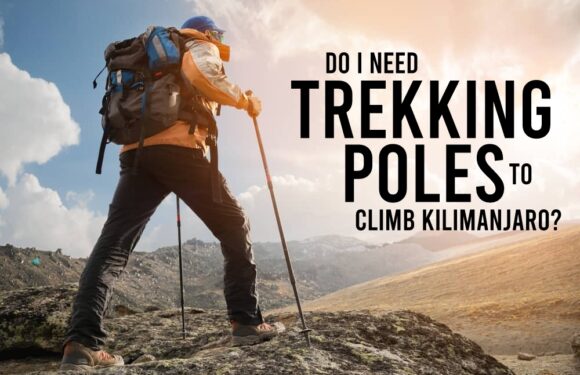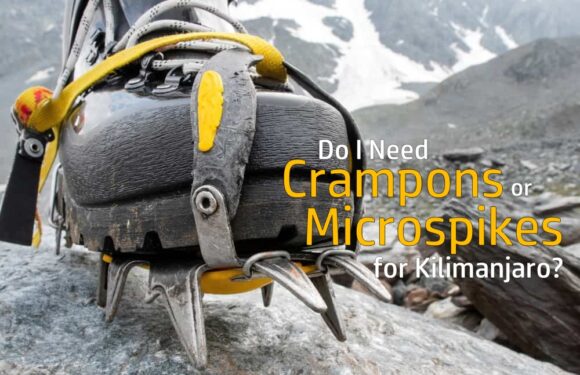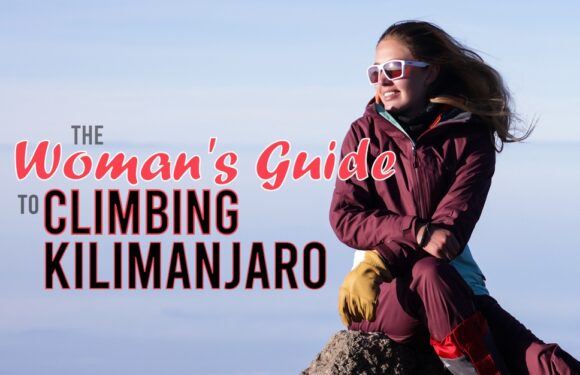Hiking offers numerous physical and mental benefits, but like any physical activity, it carries the risk of injuries. Understanding how people get hurt and taking a few precautions can help minimize these risks. In this article, we’ll discuss some common injuries on Mount Kilimanjaro and how to avoid them.
Common Hiking Injuries
Typical injuries that occur on the trails involve the feet, ankles and legs versus the upper body given their extended use while hiking. Here are some of the most common injuries trekkers may experience:
- Blisters. A blister is a bubble of fluid underneath the skin, between the upper layers. The most common causes are friction resulting from an ill-fitting shoe.
- Ankle sprain. A sprained ankle is an injury that occurs when the ankle is rolled, twisted or turned in a way that tears the ligaments that help hold the ankle bones together.
- Muscle pull. This is a small tear in your muscle, also called a muscle strain. It’s often caused by overstretching a muscle. Strains can happen to any muscle but they’re common in the hamstring among hikers.
- Minor cuts, bruises and abrasions. These occur mainly from slipping or falling on the trail or walking around camp.
- Patellofemoral pain syndrome. Better known as “Runner’s Knee,” this is pain around or behind the kneecap caused by irritation of the tendons, cartilage, fat pad beneath the patella, or other tissues.
- Plantar fasciitis. The plantar fascia is a thick band of tissue in the bottom of the foot that extends from the heel to the toes. Tiny tears in the fascia cause inflammation, resulting in a stabbing pain in the arch of the foot.
- Tibialis tendonitis. The tibialis tendon connects the calf muscle to the inside of your ankle and provides arch support. If it becomes irritated, inflamed, or torn, it causes foot and ankle pain and causes the arch to fall, resulting in flat feet.
- IT (iliotibial) band syndrome. The Iliotibial band, (IT band) is a thick tendon that stretches from the pelvic bone all the way down your thigh. When the IT band is inflammed it triggers pain on the outside of the knee.
- Shin splints. Known as medial tibial stress syndrome, a shin splint is an inflammation of the muscles, tendons, and bone tissue around the tibia. This causes pain in the front or inside of the lower leg along the shin bone.
- Stress fracture. This is a small crack in a bone that causes pain and discomfort. They’re caused by repetitive force, often from overuse before the body gets used to a new activity. Most stress fractures occur in the bones of the foot and lower leg.
While none of these conditions are life threatening and don’t require immediate medical help, they can mean the end of your trip. When your movement is compromised or you are unable to walk without pain, it is best to stop climbing. Of course, it’s better to have avoided any injury in the first place.
Here are 8 ways to prevent common injuries while climbing Kilimanjaro.
1. Hike in the Right Footwear
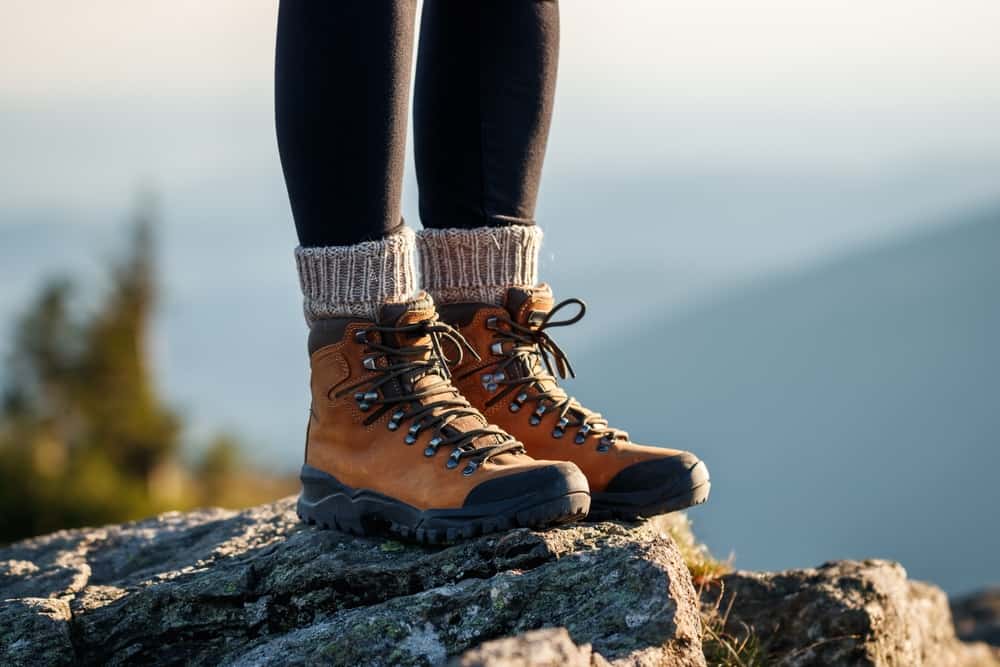
As mentioned in this post, most of the general public wears shoes that do not fit correctly. There should be at least a half inch of space between the front of the toes and the inside of the shoe – and even more for a hiker. This space is necessary to prevent your toes from touching the front of the shoe, which causes bruising and blistering. If you have never had your feet fitted professionally, chances are you are wearing a shoe size that is too small.
In addition to the shoe size and overall comfort, pay attention to the tread. Kilimanjaro’s varying terrain requires a substantial depth of tread to maintain good traction throughout the climb. Casual shoes or standard running shoes likely will not have a tread pattern or groove depth that will function the best on the mountain. Find proper hiking boots or trail running shoes that will grip the surface and stop slipping.
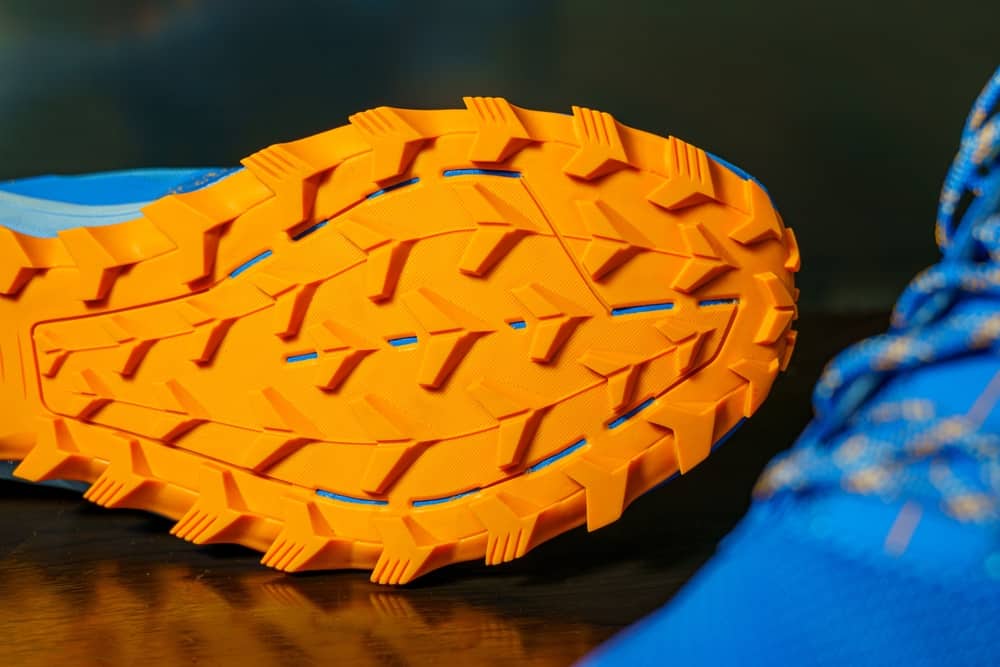
Another factor to consider is the amount of cushioning on the shoe. The amount of cushioning you need depends on your weight and pack weight. Prolonged hiking on a poorly cushioned shoe can result in foot pain and inflammation. Good cushioning reduces the impact forces on the body’s joints and tissues during weight-bearing activity.
Lastly, waterproof shoes are recommended. Whether you choose boots or shoes, you will want to keep your feet dry during your climb as you trudge through rain, mud, and snow. Getting your feet wet softens the skin and makes them ripe for blisters.
2. Wear Liner Socks or Toe Socks
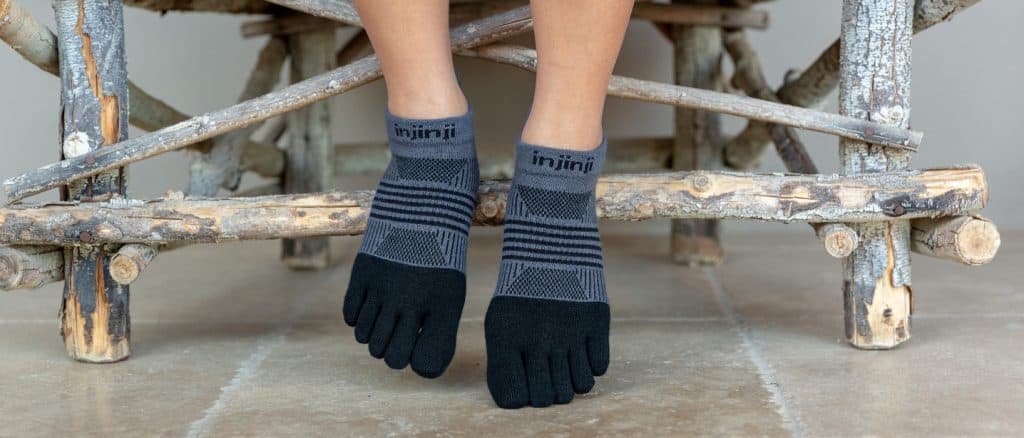
Liner socks are used when hiking to prevent getting blisters. These types of socks are thin socks, usually made of thin polyester or light wool, designed to be worn inside hiking socks. They fit more snugly and are made to move with the feet.
Because blisters form due to friction between something on top of the skin and the skin itself, you can prevent blisters by stopping this friction. By wearing liner socks, any rubbing inside the shoe should occur only between the shoe and hiking sock or between the hiking sock and liner sock, but not between the liner sock and the feet. Your feet and liner sock move together; there is no rubbing.
Toe socks, such as Injinjis pictured above, serve the same purpose. These socks encase each toe individually. In doing so, toe socks stop the toes from rubbing against each other, preventing blisters. Some toe socks are made to replace the traditional hiking sock, while others are made as sock liners to be worn under a hiking sock. Experiment to find the right combination of sock liners, socks, and shoes. (See What are the Best Socks for Climbing Kilimanjaro?)
3. Tape Up Hot Spots and Blisters

Some people are prone to getting hiking blisters while others are not. This depends on the individual characteristics of a person, such as skin durability, propensity for sweating, and the shape of one’s feet. If you have particularly sensitive feet, you want to take precautions to prevent blisters as much as possible.
In addition to liner socks and toe socks, there are products in the market that are applied directly to the skin to prevent and treat blisters. Blister tape sticks firmly on your skin thereby forming a preventative or protective barrier. Blister tape is also known as moleskin. Bandages, medical tape, or even simple duct tape can be used as well. It protects against blisters forming when used over potential “hot spots.” It also alleviates the pain resulting from existing blisters or other wounds.
4. Use a Brace
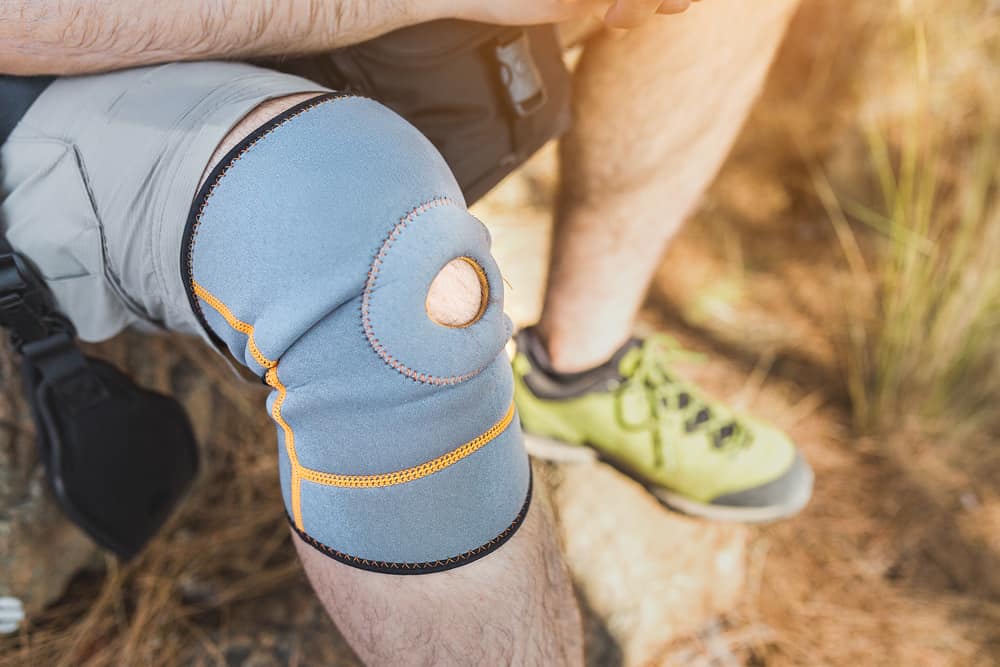
As a normal part of aging, people naturally lose muscle flexibility and elasticity. Joints are worn down. Tendons and ligaments become more fragile. When the body is in this state, overexertion can push you over the edge, causing an injury.
If you have known preexisting conditions, take the necessary steps to avoid exacerbating them while climbing Kilimanjaro. For those who have weak joints, consider wearing a brace to provide some protection and additional stability.
A knee brace can add structural support if you are prone to injury. Some ankle braces feature metal or plastic supports on both sides of the knee called reinforcements. Other types of braces have no supports, but are used for compression, helping to minimize inflammation.
Similarly, those who have experienced ankle sprains may want to wear an ankle brace as a preventive measure. Bracing serves to stabilize the ankle and provide support to prevent the ankle from rolling over.
5. Train for Your Climb

When you climb Kilimanjaro, your entire body takes a bit of a beating when you trek for a prolonged amount of time. No matter your experience, the repetitive motion of hiking for consecutive days is surely to cause some aches, pains and inflammation. However, if your muscles and joints are not used to the impact, your chances of being hurt increase substantially.
You can reduce the risk by training. The sooner you can start hiking, the more conditioned your body will be when you are on Kilimanjaro. You’ll have a more powerful heart and lungs. Your muscles will be stronger and you’ll have better endurance. You’ll have better balance and be more comfortable on different kinds of terrain. Your bones will be a little more dense, and your tendons and connective tissue will be more durable.
Each of those body systems adapts to training at their own pace. So ramp up slowly in order to avoid being injured while training. A suitable training program can eliminate all of the Kilimanjaro injuries that are related to inflammation and overuse.
6. Use Trekking Poles

Trekking poles prevent muscle damage, joint stress, and soreness.
By using trekking poles correctly, you shift some of your weight off of your legs and on to your arms. This means less impact and less wear and tear on your feet, ankles, knees and leg muscles. Furthermore, using your arms helps push your body forward, cutting down on the energy needed to move overall.
Hiking with poles also helps provide stability, especially on slippery, wet, loose, or steep footing. By providing additional points of contact, they help you keep your balance and can even save you from falling if you lose your step.
Most hiking-related injuries are caused by a fall. And most falls occur on the descent, at the end of the hike. A study of non-fatal hiking accidents found that over 75% of falls happen on the descent. So we highly recommend using trekking poles on Kilimanjaro, especially on the last couple of days.
7. Shun the sun

A common injury that climbers suffer that does not necessarily involve the legs is sunburn. Sunburn is an injury to the skin. It’s a reaction to too much exposure to ultraviolet radiation.
Sunscreen works to stop sunburn. But the problem is that being on the trail for many hours requires constant reapplication of sun cream. More often than not, climbers forget to use it regularly. Especially when it doesn’t feel particularly hot or sunny. So the easiest way to stop sunburn is to cover up and minimize the amount of exposed skin. That’s why we are a big proponent of long sleeve, hooded baselayers and long hiking pants.
When at camp, try not to linger around outside. Because the sun is extra strong near the equator and at higher elevation, it does not take long to become overexposed to its rays, resulting in sunburn. Instead, hang out in the mess tent or in your personal tent to reduce your time under the sun.
8. Follow the Acclimatization Guidelines.
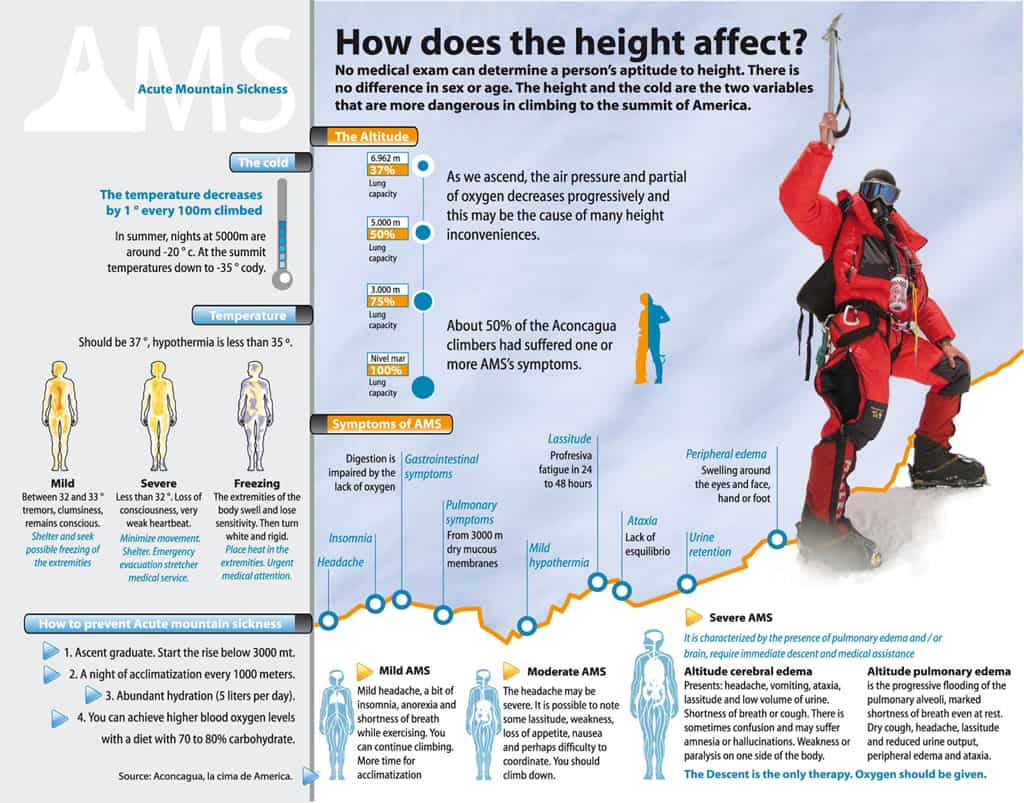
Acute Mountain Sickness (AMS) is the main obstacle people face when climbing Kilimanjaro. It occurs when people aren’t able to acclimatize quickly enough to the change in elevation.
But AMS is not an injury. It’s a condition. So why is proper acclimatization a preventative measure against injuries? Because having AMS can make a climber more susceptible to being injured. AMS affects your coordination, energy levels, and mental clarity. If these things are compromised, one is more likely to make mistakes. Therefore, by following acclimatization guidelines, you reduce your chances of getting AMS and in turn, reduce the chances of getting injured.
Our acclimatization guidelines can be found on our Kilimanjaro Safety page.






















































